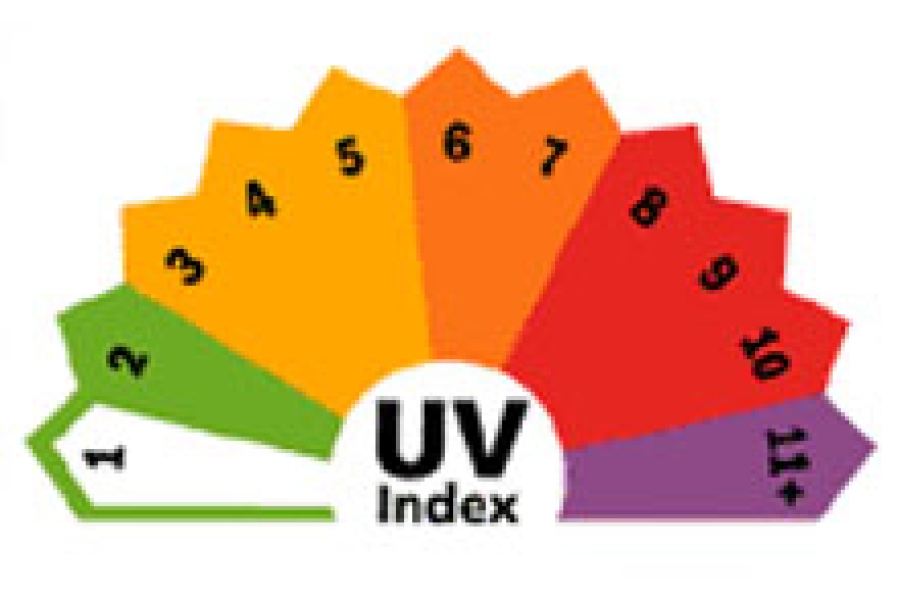Scientists, dermatologists, skin cancer experts and health professionals are among those meeting in Auckland next week to discuss the latest research into UV radiation and how best to improve public awareness of UV issues.
Conference organiser and NIWA atmospheric scientist Richard McKenzie said UV – a major cause of skin cancer - remains a huge health issue for New Zealanders, despite an expected slow recovery in the ozone in coming years.
“Our summer UV was already too high before the onset of ozone depletion, and will remain high in the years ahead. But for people to be able to make sensible decisions about UV exposure, they need to know how strong the UV radiation is, and how strong it will be in the hours ahead that they may be outside,” he said.
Dr McKenzie said fair-skinned New Zealanders especially were at risk from skin cancer because of high summer UV amounts, our outdoor lifestyle, and skin types.
“On the other hand, we have a growing number of people with naturally very dark skin which includes many people from Africa, the Indian subcontinent and the Middle East whose skin types may be better adapted to environments with much higher UV. These people may be more at risk of not getting enough UV in winter,” Dr McKenzie said.
Low UV in winter means some New Zealanders may be unable to establish healthy levels of Vitamin D which helps maintain bone strength.
NIWA provides a UV Index updated daily on its website to enable people to make informed decisions about their health when outdoors. However, Dr McKenzie said he would like to see the index publicised more widely.
“We must ensure greater awareness and understanding of advisable sun exposure among New Zealanders,” he said.
One of the aims of the workshop is to identify projects that make use of newly-developed technologies such as smart phones, GPS capabilities and personal UV dosimeters that measure an individual’s exposure to UV.
Also on the programme are presentations on attitudes to tanning, melanoma trends, and what makes New Zealanders different when it comes to UV exposure.
The workshop also aims to improve understanding of the production of vitamin D from and its role in human health as well as improving public awareness of UV issues.
About 100 people from New Zealand, Australia, the UK, US, Germany, Japan and Thailand are expected to attend from a range of disciplines involved in UV research, including scientists, health professionals, developers of instruments and public health advisory tools and analysts of their effectiveness.
The workshop will be opened by NIWA CEO John Morgan on Wednesday, April 16 at Auckland’s Heritage Hotel.
Sponsors include NIWA, Cancer Society of New Zealand, Health Promotion Agency, Royal Society of New Zealand, Queensland University of Technology, Australian National University, and the New Zealand Dermatological Society.
NIWA’s UV Index is available on the link below.
www.niwa.co.nz/our-services/online-services/uv-and-ozone/forecasts


